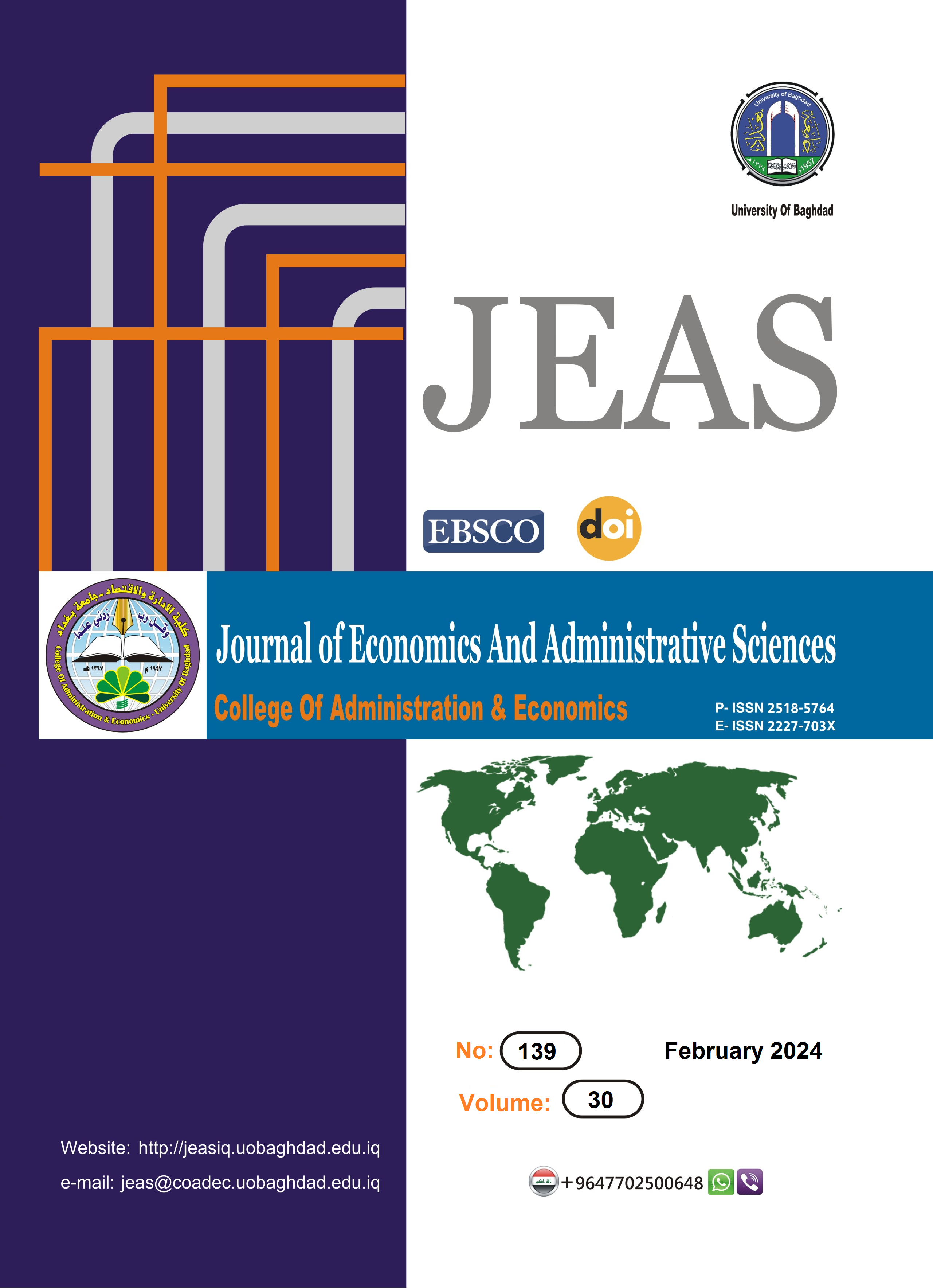Performance Classification for Lasso Weights with Penalized Logistic Regression for High-Dimensional Data
DOI:
https://doi.org/10.33095/rtzbhh20Keywords:
Classification, Penalized, Binary, Weighted, Lasso, High-dimensional,, WeightedAbstract
In high-dimensional data, classification performance is a crucial consideration. One method of interest is the penalized binary logistic regression. However, the Least Absolute Shrinkage and Selection Operator) The Lasso method may face problems when the appropriate penalty for each coefficient is not determined. For this reason, different weights are used in weighted Lasso estimates to address this issue and improve classification performance. To overcome this limitation, we employ various Weighted Lasso Estimates, each with unique weight assignments, and compare their performance with our fifth proposed weight configuration. This application of Lasso weighting schemes aims to uncover the most effective approach for high-dimensional classification tasks while considering the optimal set of variables.
The evaluation criteria for these methods include the number of selected variables, classification accuracy, and mean squared error. We then apply these techniques to real-world data to identify the most effective classification mode and select the optimal set of variables. This rigorous and precise investigation aims to provide a robust and reliable classification approach for high-dimensional systems.
Paper type: Research paper.
Downloads
Published
Issue
Section
License
Copyright (c) 2024 Journal of Economics and Administrative Sciences

This work is licensed under a Creative Commons Attribution-NonCommercial-NoDerivatives 4.0 International License.
Articles submitted to the journal should not have been published before in their current or substantially similar form or be under consideration for publication with another journal. Please see JEAS originality guidelines for details. Use this in conjunction with the points below about references, before submission i.e. always attribute clearly using either indented text or quote marks as well as making use of the preferred Harvard style of formatting. Authors submitting articles for publication warrant that the work is not an infringement of any existing copyright and will indemnify the publisher against any breach of such warranty. For ease of dissemination and to ensure proper policing of use, papers and contributions become the legal copyright of the publisher unless otherwise agreed.
The editor may make use of Turtitin software for checking the originality of submissions received.


























